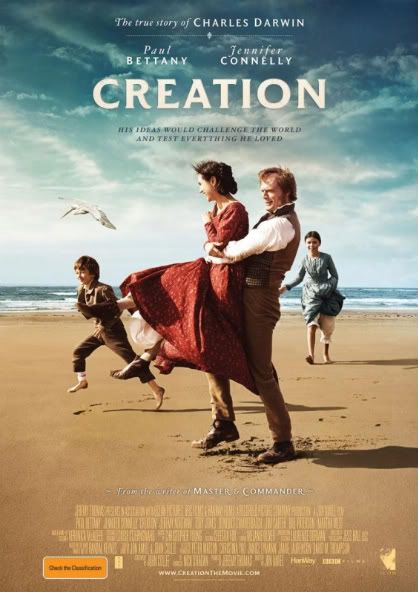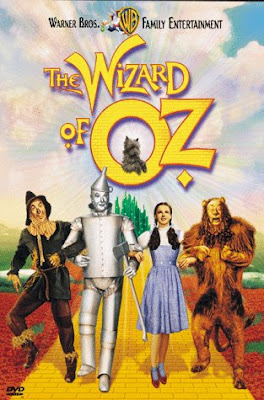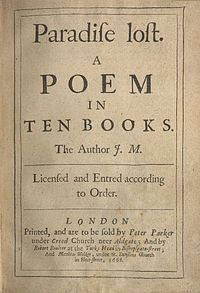
CULTURAL STUDIES THEORY
Cultural studies
is an academic field of critical theory and literary criticism initially
introduced by British academics in 1964 and subsequently adopted by allied
academics throughout the world. Characteristically interdisciplinary, cultural
studies is an academic discipline aiding cultural researchers who theorize
about the forces from which the whole of humankind construct their daily lives.
Cultural Studies is not a unified theory, but a diverse field of study encompassing many different approaches, methods and academic perspectives.
Distinct from the breadth, objective and methodology of cultural anthropology
and ethnic studies, cultural studies is focused upon the political dynamics of
contemporary culture and its historical foundations, conflicts and defining
traits. Researchers concentrate on how a particular medium or message relates
to ideology, social class, nationality, ethnicity, sexuality and/or gender,
rather than providing an encyclopedic identification, categorization or
definition of a particular culture or area of the world.
Cultural studies combines feminist theory, social theory,
political theory, history, philosophy, literary theory, media theory,
film/video studies, communication studies, political economy, translation
studies, museum studies and art history/criticism to study cultural phenomena
in various societies. Thus, cultural studies seeks to understand how meaning is
generated, disseminated, and produced from the social, political and economic
spheres within a given culture. The influential theories of cultural hegemony
and agency have emerged from the cultural studies movement as well as the most
recent communications theory, which attempts to explain the cultural forces
behind globalization. Unique academic approaches to cultural studies have also
emerged in the United States, Canada, Australia, South Africa and Italy.
SYNOPSIS
Being at once
a leader and a rebel is a good trick. Mrs Thatcher managed it brilliantly,
speaking as if she were a dissident in the government of which she was in fact
head. The ordinary fudges of political life took place despite her. Terry
Eagleton has always done something similar, a soi-disant intellectual outsider
who was once the country's "top" literary professor. When he was
Warton professor of English at Oxford he styled himself "a barbarian
inside the citadel". (Now he is professor of cultural theory at Manchester
University, the self-image is a little less defensive.) Travel the campuses of
Britain, however, and you will find that for many he is the orthodoxy. His
Literary Theory: An Introduction , a punchy synopsis of other writers' ideas
first published 20 years ago, must be the best-selling work of lit crit ever.
Characteristically,
this book for students of literature argued that there was no such thing as
literature and that literary criticism was but a conservative political
ideology: "Departments of literature in higher education are part of the
ideological apparatus of the modern capitalist state." The arrival of
literary theory from France was broadly welcome, for it crushed with its rigour
the effete mutterings of bourgeois humanism. Yet while he was theory's
ambassador, he always managed to signal his own distance from it. Literary
Theory ended with what became his signature declaration of the hidden
significance of politics in intellectual life (hidden from most theory buffs,
too).
Now here he
is again, calling us away from the herd. In a prefatory note he declares that
his new book "argues against what I take to be a current orthdoxy".
Other early theory enthusiasts have, in effect, recanted. Eagleton leaves no
room for the admission of his own involvement in error or folly. Theory has
gone astray, but not because it has encouraged academic obscurantism and grim
reductiveness. It is because it has not been political enough. So, as a
"radical", Eagleton is necessarily out of step with even the
intellectual fashions for which he once seemed cheerleader. "It is not
pleasant to be out of line," he says, contentedly.
He senses
that the campus campaign against traditional lit crit has been won. Nowadays
"quietly-spoken, middle-class students huddle diligently in libraries, at
work on sensationalist subjects like vampirism and eye-gouging, cyborgs and
porno movies". Hooray! But no, the postmodernism that has made deviancy
the norm has disengaged us from political conflicts. There is no hypocritical
respectability to rail or rebel against. He rather misses the
"old-fashioned bourgeois values" that underpinned "liberal
humanist" approaches to reading and teaching. At least the battle lines
were clear.
He is caught
between two attitudes to the academic business. On the one hand, he rather
wants to laugh at all those earnest undergraduates (and lecturers) attaching
the same arguments about sexual transgression to whatever they are studying.
Here he speaks in a voice familiar from his literary journalism, a wry
commentator on academic habits. "Students once wrote uncritical,
reverential essays on Flaubert, but all that has been transformed. Nowadays
they write uncritical, reverential essays on Friends." He is jokey,
roguish, strictly jaundiced. He is still in love with the supposedly comic
similes and illustrations that were such an odd part of his style in his memoir
The Gatekeeper.
He is always
good for a laugh at the habits of academics, and there are plenty of
side-swipes here at crusty dons. Indeed, he still depends a good deal on his
convenient fiction of what "traditional" critics are like. They study
flower-imagery in Tennyson or emote about Keats. "The belle-lettristic
gentlemen who ran the critical show some decades ago" are his adored
opponents. "Conservative critics" turn up frequently as a type,
always spouting simple-minded pieties. You wonder if he has ever met an
intelligent antagonist.
At an
imagined distance from the currents of intellectual fashion, he effortlessly
encapsulates decades and sums up intellectual movements with the droll wisdom
of hindsight. Yet, for all his reflections on academic self-delusion, never has
there been a critic so rooted in academic habits. He credits academia as the
source of intellectual progress and preserver of values. He flatters his
students with being subversive idealists, who study arts subjects because they
are "morally conscientious". He believes that "the grey-bearded
guardians of the state" have always been "rattled" by those who
study only for the delight of it.
For there is
also Marxist Terry, who sees the duty of intellectuals to be revealing the
depredations of capitalism. In this voice he speaks solemnly of the
shortcomings of "cultural theory". We inhabit "a social order
which urgently needs repair" and we are told that "theory must be
harnessed to practical political ends". Yet it is not quite clear what he
thinks is to be done. How is the study of culture to effect the revolutionary
changes he dimly sketches? He talks about "fashioning a world in which the
hungry could be fed", but takes it for granted that this is not something
that would ever concern those professionally involved in politics or commerce.
He is superciliously dismissive of all politicians. He likes to use the word "democratic"
about what he likes, "the whole idea of cultural theory is a democratic
one", and so on. Yet his only word for the state in which we live is
"capitalist".
This will
sound like the Terry of old, yet the truth is that he is tiring of the
revolutionary rhetoric. In the latter part of this book, he starts deviating
from stern Marxism. He has been reading Aristotle, bits of the Bible and the
philosopher Alastair MacIntyre. He wrangles with those who deny that there is
any such thing as human nature. He begins audaciously to bruit the notions that
there is an objective reality and that morality is not just ideology. You can
imagine the news spreading through the seminar rooms. He ends up musing amiably
about what is wrong with fundamentalism and why thinking about our mortality is
salutary. The old rogue begins to sound quite human.







